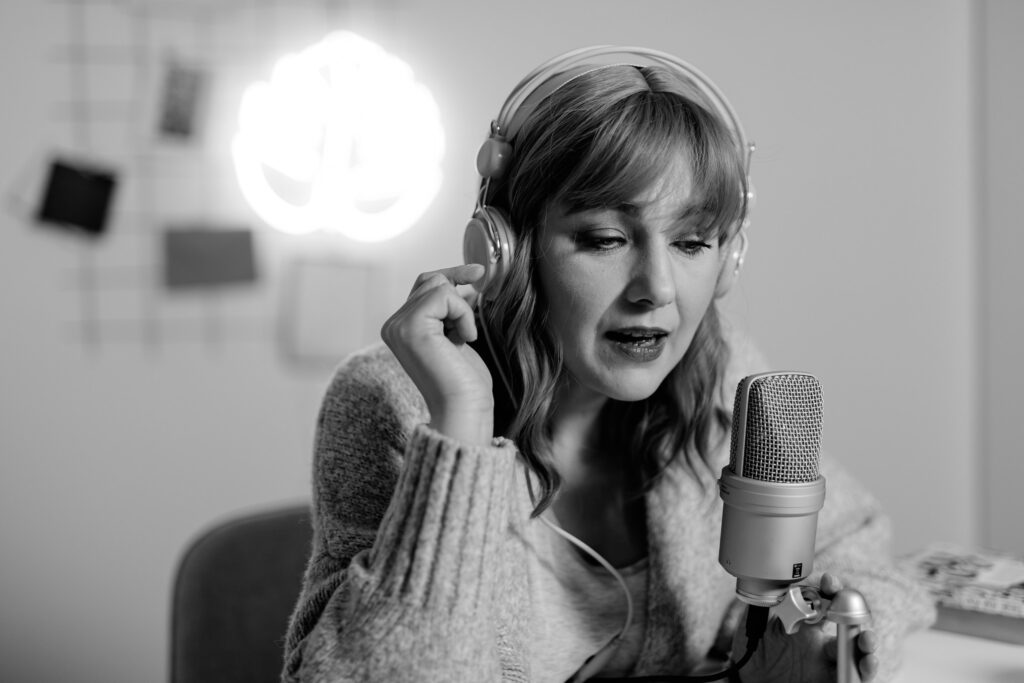It’s a shame that in today’s DIY multimedia world so many creators are leaving out so many media. The number of hours of creator-based content that exists today far outstrips that of commercial entities.
Right now you can find a vlog, stream, or YouTube channel with careful editing and masterful scripting on any topic you choose. Sadly, even the best tend to lack royalty-free music to amp up the viewer. Music is often overlooked in these productions out of misunderstandings of licensing and cost.
It’s a shame because music adds so much to visual media. One of the more well-researched benefits of music centers around its ability to enhance cognitive faculties. Listening to music sticks with you and both aides in the formation of new memories and the general understanding of concepts.
Check out these places you might not have thought of to integrate original music.
Uses for Royalty Free Music
Music adds dimensions of meaning, memory, and feeling to any project. Each of the following represents a creative endeavor you can engage in solo or with a team.

1. Video Game Development
The music in video games was once little more than mechanical sounds and boops. As time went on, entire scores were composed and set behind the action on-screen.
Games such as The Witcher 3 and Final Fantasy VII feature scores performed by touring symphonies.
You might not have access to a world-class composer but that’s no reason not to consider adding something to a cut scene or level loop. Music doesn’t have to be lengthy to be memorable but it is best to avoid things with too much repetition.
When considering royalty-free music for game development, you want to access tracks that enrich the environment. A video game score can drive the action, lead the player in choices, or serve as little more than wallpaper( if you prefer the Carpenter route).

2. Live Streaming
Speaking of gaming, streaming services are another place often lacking in dynamic sound landscapes. Streams often hem and haw while going about their activities to fill dead air. Whether they are streaming the latest game, hosting a chatting session, or illustrating how to cook, dead air plagues each of these creative ventures.
Tabletop RPGs turned into streaming juggernauts such as Critical Role use music sparingly, choosing to let the actors and players fill in the time without distraction. Of course, the show benefits from having world-class talent to fill that time.
For a smaller, or humbler, operation music adds tension and drama while also covering for the indecisiveness of players.
Streaming cooking includes periods of time where something is cooking or being carefully mixed, sorted, or what have you. These are excellent times to add a little fill from a music library.
With a subscription service, you gain access to tons of customizable tracks that let you decorate a scene.
Even better, build what you want and the automatic whitelist feature tells algorithms to skip past. This means more time creating and less time debating strikes for a track you include.

3. Portals and Shops
Websites use a lot of creative content to drive customers to the site and to advertise wares. Both the layout and design of a site are carefully considered to maximize the appeal and fluidity of loading pages.
Unless the site is selling music, it is uncommon to have music as a component of these design elements. Certainly, people are often browsing online and shopping while in between other tasks or as a distraction while half-paying attention to something else.
One place that consumers pay attention is in the checkout sections of shopping portals. Research shows that background music used on these pages has a positive influence on buying behaviors.
Using music as part of the check-out process helps consumers to feel confident in their purchases and to push some emotional triggers that enable them to make a decision when on the fence.
Adding in driving, upbeat tones help otherwise ‘just browsing’ style shoppers pull the trigger on a purchase.

4. Podcasts
It’s rare to hear music in a podcast not dedicated to the subject of music. They might have an intro and an outro but they aren’t capitalizing on the benefits of background music throughout.
It’s certainly difficult to get a final sound mix that won’t interfere with the vocals, but it doesn’t take much time producing a podcast to strike that balance.
Music in a podcast helps set the mood, shifts tone, and makes it easy to understand when topics are shifted or the voice and attitude have changed. Running distinct tracks behind the speaker and the guest help a casual listener focus and dole out attention.

5. Meetings
This one is probably more of a surprise than any other. After all, meetings weren’t nearly as online and in need of some filler as they have been recently.
The best music for meetings is the kind that adds a bit of drive to the assembled members. YOu don’t want the music to be played in the forefront but it can keep people from drifting off and multi-tasking while at home on their individual machines.
Much like in other suggestions here, theming is key. If a meeting includes multiple departments, running music that relates to each lets casual observers know broadly what is being discussed, even if they aren’t involved.
Letting teams come together and create their own tracks is a solid team-building exercise that also provides a sense of identity to a department.
Music enhances cognition, so it obviously makes meetings more memorable. Music also elevates mood and decreases stress and anxiety. Stress and anxiety may as well be the definitions of meetings for some people.
Listen In
Music fills the holes in your day and provides a sense of fullness to life. For creative projects, commercial projects, and work situations alike, royalty-free music builds in something extra.
Don’t leave your project only half-finished, check out our offerings and get started on your music library now.